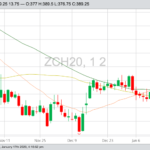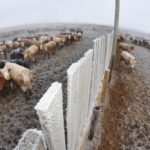Chicago | Reuters — U.S. corn futures weakened and soybeans touched a five-week low on Tuesday as traders awaited confirmation that China has started to buy more U.S. crops after the countries signed an initial trade deal last week. Most actively traded wheat futures hit their highest price since August 2018 at the Chicago Board […] Read more













